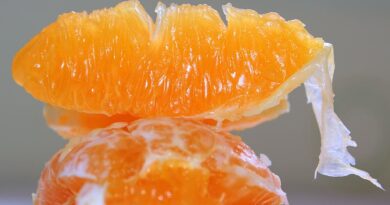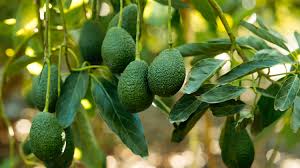Disease and Pest Control of Plantain
Black sigatoka is the major disease attacking plantains; nematodes and stemborers are the major pests. Black sigatoka is a leaf spot disease caused by the fungus “Mycosphaerel/a fijiensis. All known plantain cultivars are susceptible to this wind-borne fungus. Leaves first show yellow spots which later turn brown and black.
Ultimately the leaf tissue becomes necrotic and dies. In this way entire leaves become nonfunctional and in many cases, bearing plants are left with hardly any green leaves at maturity.
Photosynthesis is reduced and small bunches (sometimes with undeveloped fingers) are produced. Yield losses are estimated at between 30 and 50 percent.
Black sigatoka can be controlled with aerial applications of fungicides belonging to the groups of the benomyl, benzimi-dazoles, chlorothalonils, dithiocarbamates, flusilazoles, imazaliles, imidazoles, methylthiophanates, nuarimols, pro- chloraz, propiconazoles, triazoles and tridemorph, or soil- applied fungicides such as triadimefon and triadimenol.
In any case, at least two types of fungicide should be used alternately to prevent the fungus from developing resistance to the active ingredient.
Plantain cultivars resistant to black sigatoka provide the only effective means of control since the fungicides are very expensive and can pose health hazards when applied in backyards.
Breeding for resistance began at the One station of the International Institute of Tropical Agriculture (IITA) in Nigeria during 1988. For the time being, cooking bananas (“Fougamou 1 “, “Bom”, “Gia Hui”, “Foulah 4” and “Nzizi”) are available from IITA as a substitute for plantain. These varieties are resistant to black sigatoka and can be prepared and consumed in the same ways as plantains.
Nematodes are minute worms which live in the soil and infest plant roots. Several types of nematodes can extensively damage the plantain root system if the land was previously cropped with plantains or if they were introduced with infected planting material.
Read Also: How to Control Pests and Diseases in a Pineapple Farm

Nematodes impair the transport of nutrients and water to the main stem, causing a reduction in yield and weakening of the plant. As a result, many plants may be lost through tip-over whenever winds become strong.
Nematodes can be controlled by applying nematicides in a circle, 25 cm in diameter, around the plant.
Some of these nematicides are:
| Nematicides | Rate per plant (grams) | No. of applications per year |
| Isazophos | 2.5 a.i. | 3 |
| Carbofuran | 4.0 a.i. | 3 |
| ethoprophos | 4.5 a.i. | 3 |
| phenamiphos | 3.0 a.i. | 3 |
a.i. = active ingredient
As carbofuran is effectively degraded by microorganisms, it should be used alternately with other nematicides.
The stem borer or banana weevil Cosmopolites sordid us lays its eggs near the corm of the main plant. The larvae attack the underground part of the plant; feeding on the corm and boring channels in it Plants become very weak, especially during the dry season, and tip over. Yield can be drastically reduced.
Stem borers can be controlled by leaving the land under fallow, by the application of coffee husks and by insecticides.
| Nematicides | Rate per plant (grams) | No. of applications per year |
| HCH (50%) | 40 c.p. | 3 |
| Chlordecone | 1 a.i. | 2 |
| Isofenphos | 1.2 a.i. | 3 |
| aldicarbe | 1.5 a.i. | 3 |
| Carbofuran | 2 a.i | 3 |
c.p = Commercial product a.i. = active ingredient
The cost of insecticides should determine whether they should be used. The use of traps provides an alternative method for controlling banana weevils which is cheap but time-consuming and not as effective as the use of insecticides.
Traps are made by cutting pseudo-stems in half longitudinally and laying the pieces cut side down on the soil near the plantains. One trap for every 20 to 30 plants is the current practice. Traps should be inspected daily early in the morning.
Read Also: How to Control and Prevent Disease Outbreak on your Poultry Farms
The adult black weevils are then retrieved from between the soil and the cut surface of the pseudo-stem and killed. Traps remain effective for about 1 or 2 weeks and are renewed at harvest when an ample supply of pieces of pseudo stem is available.
Read Also: Anatomy of Fishes: Female Fish and their Reproductive Strategies








